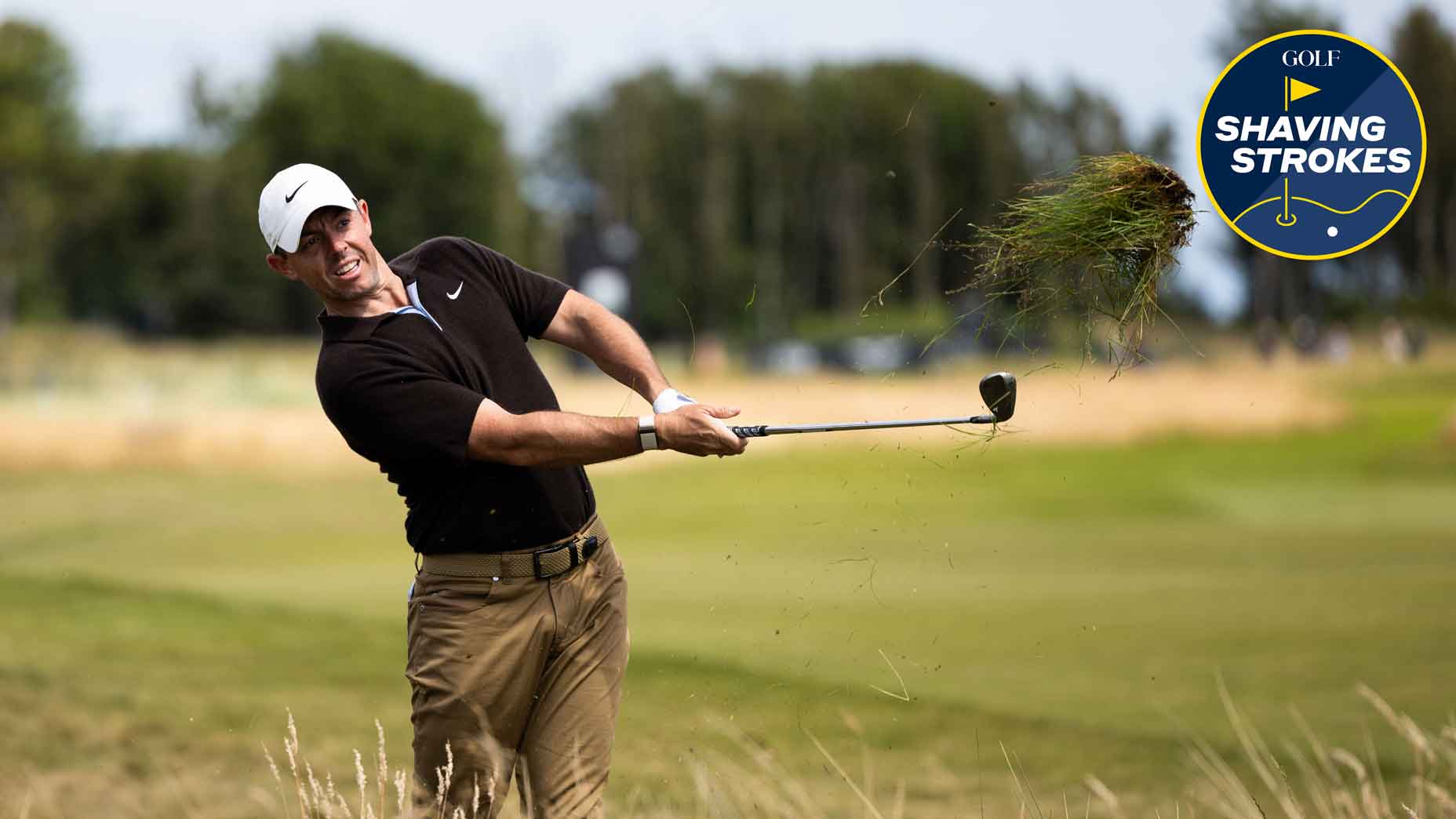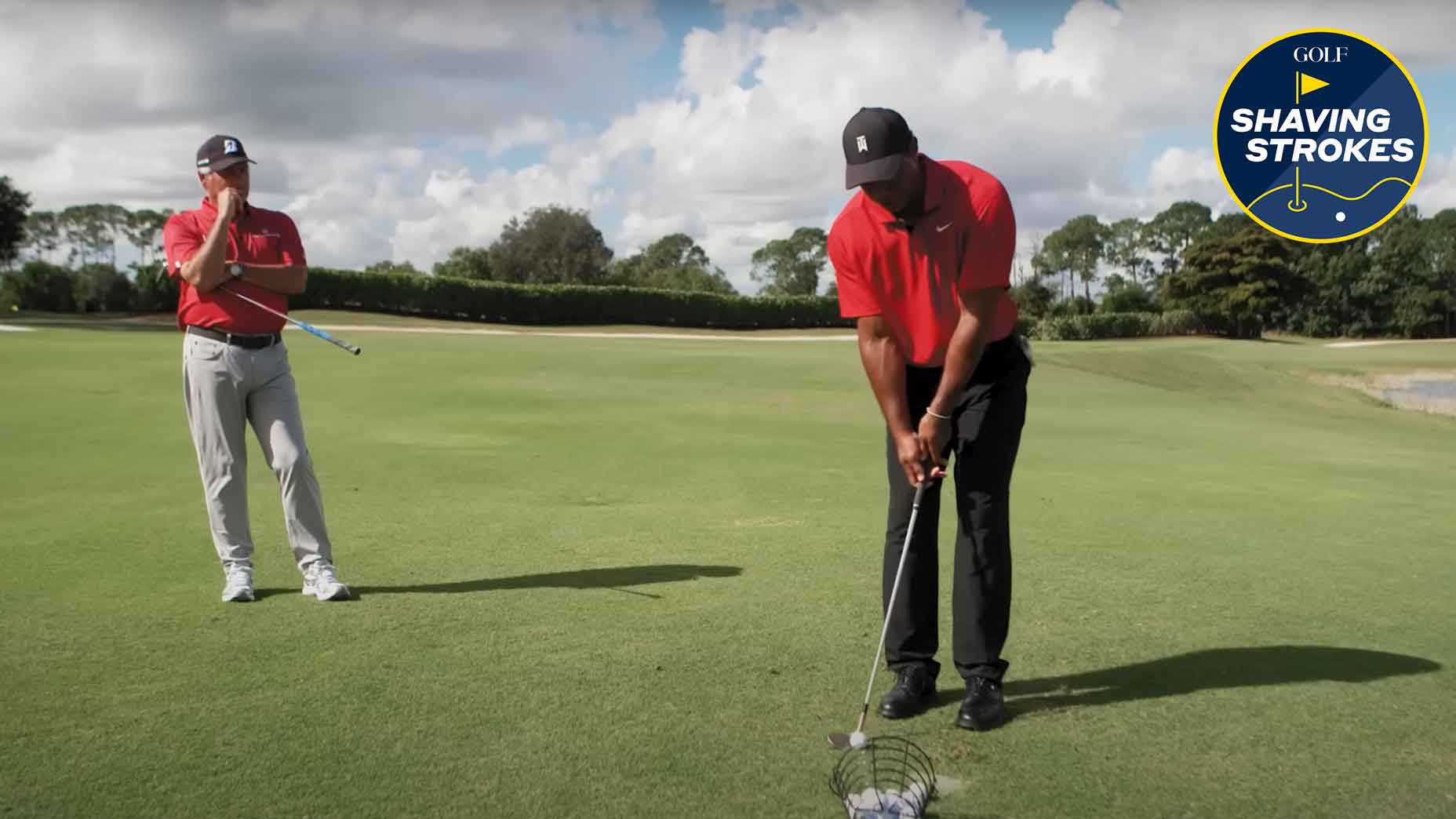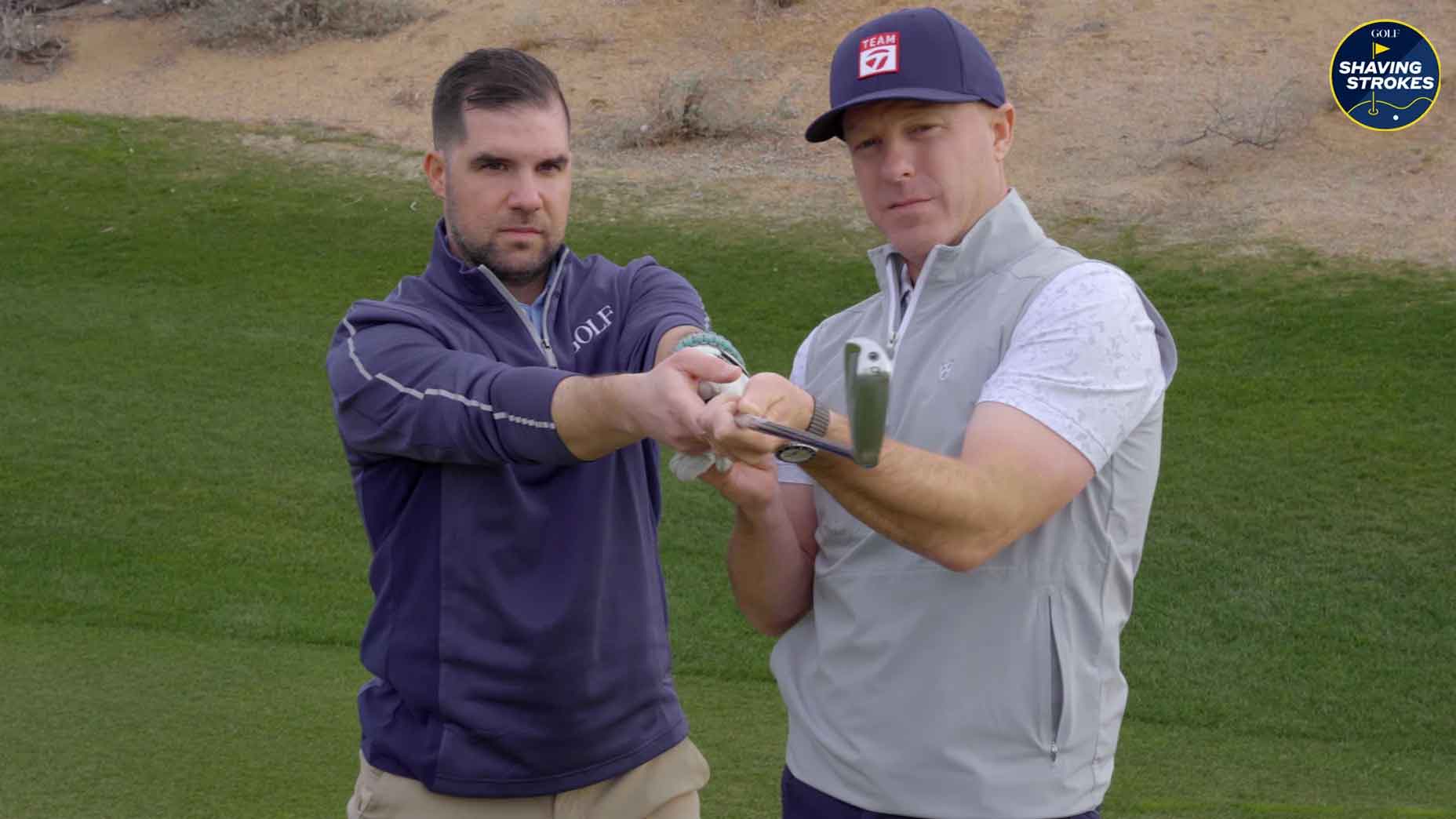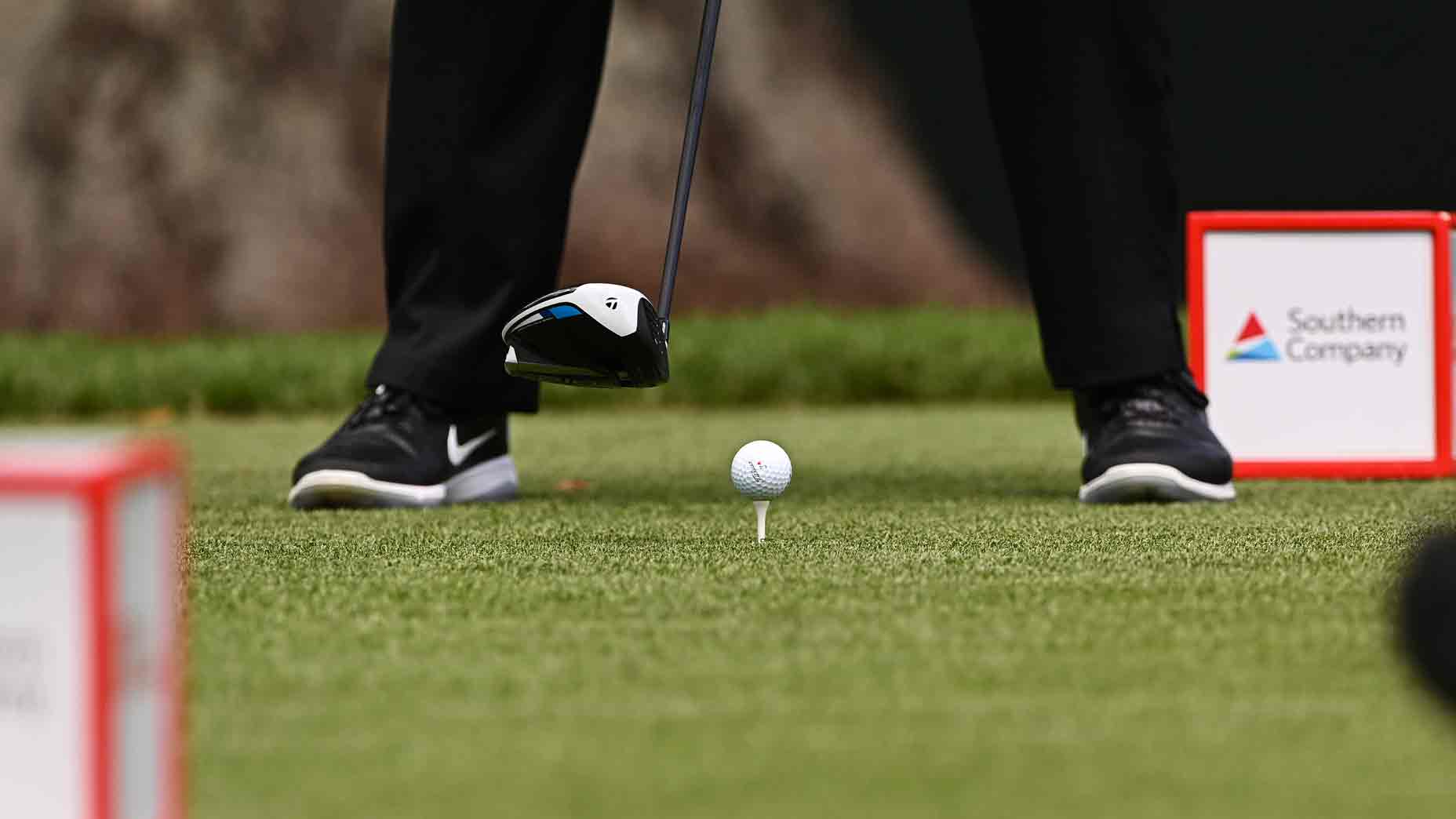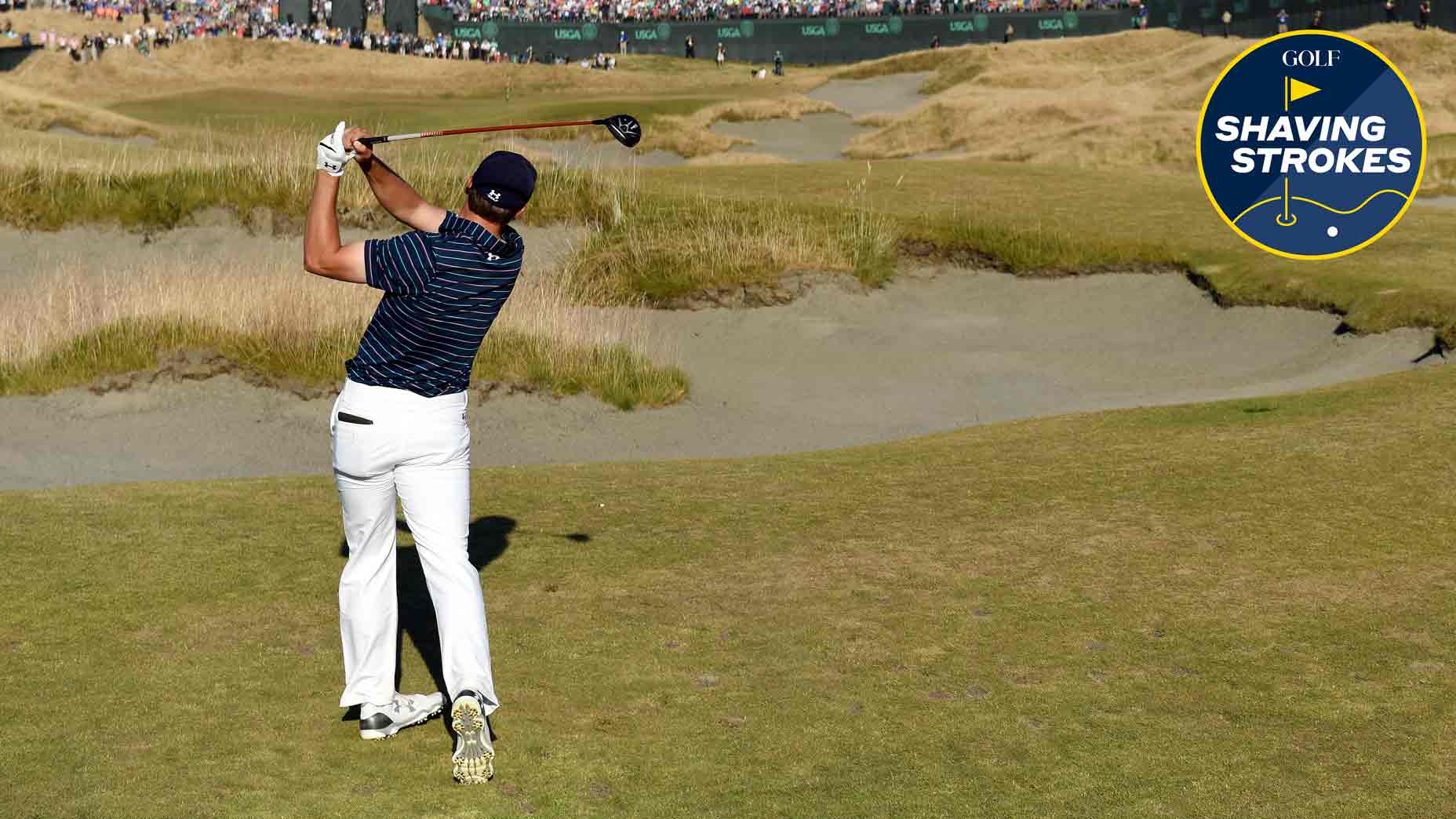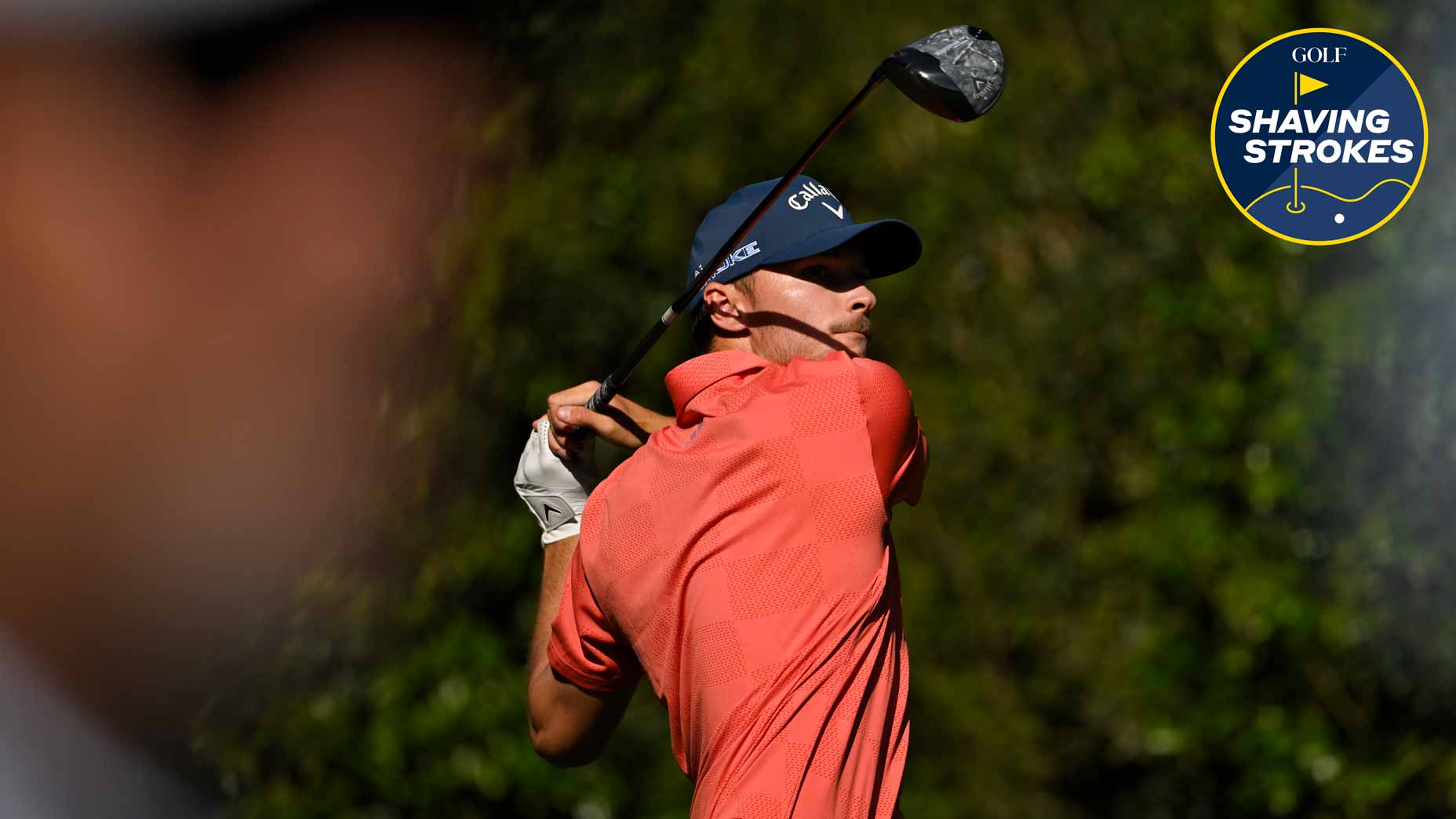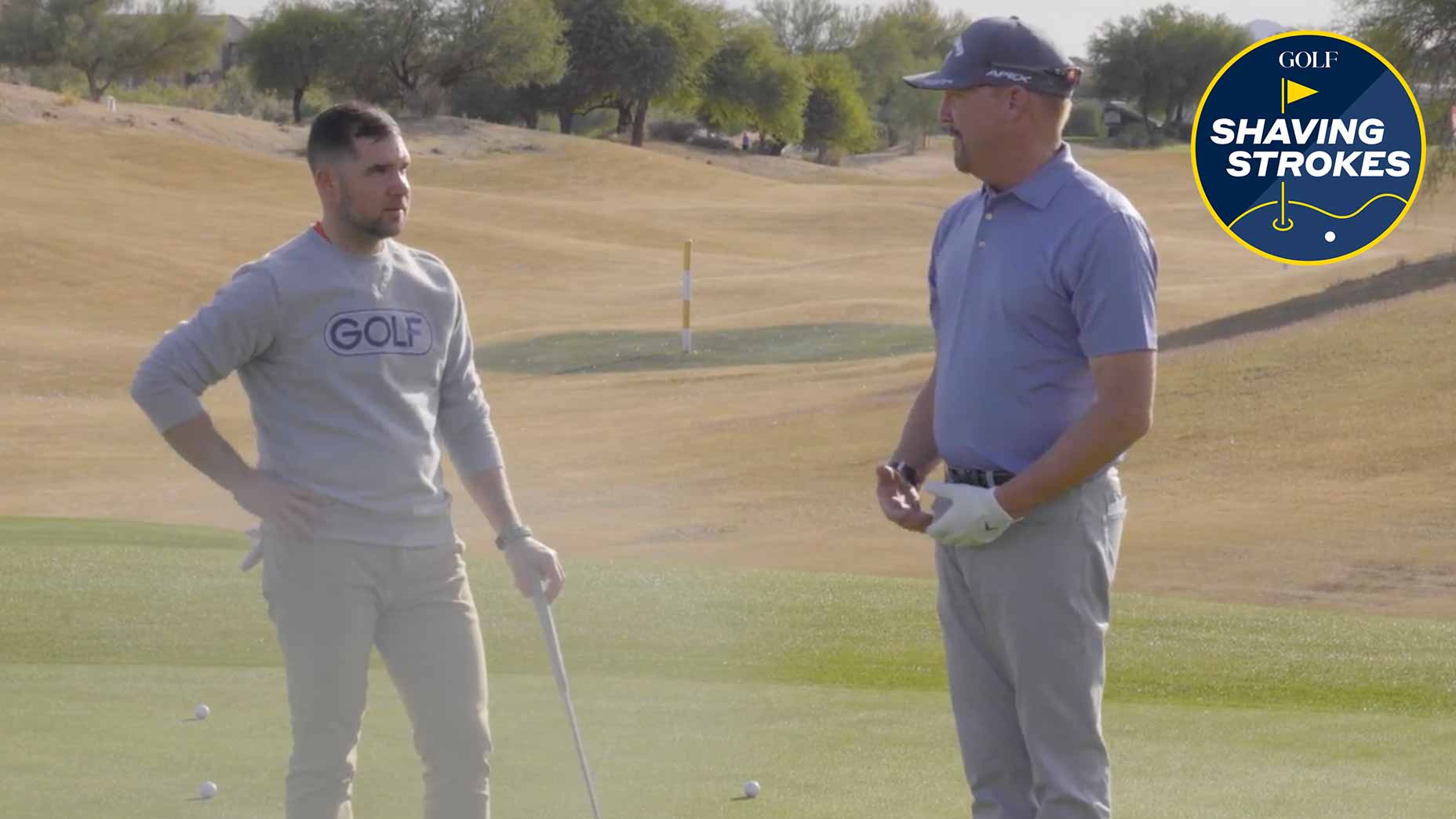Looking to break 90? Try these 2 unique practice routines, says top teacher
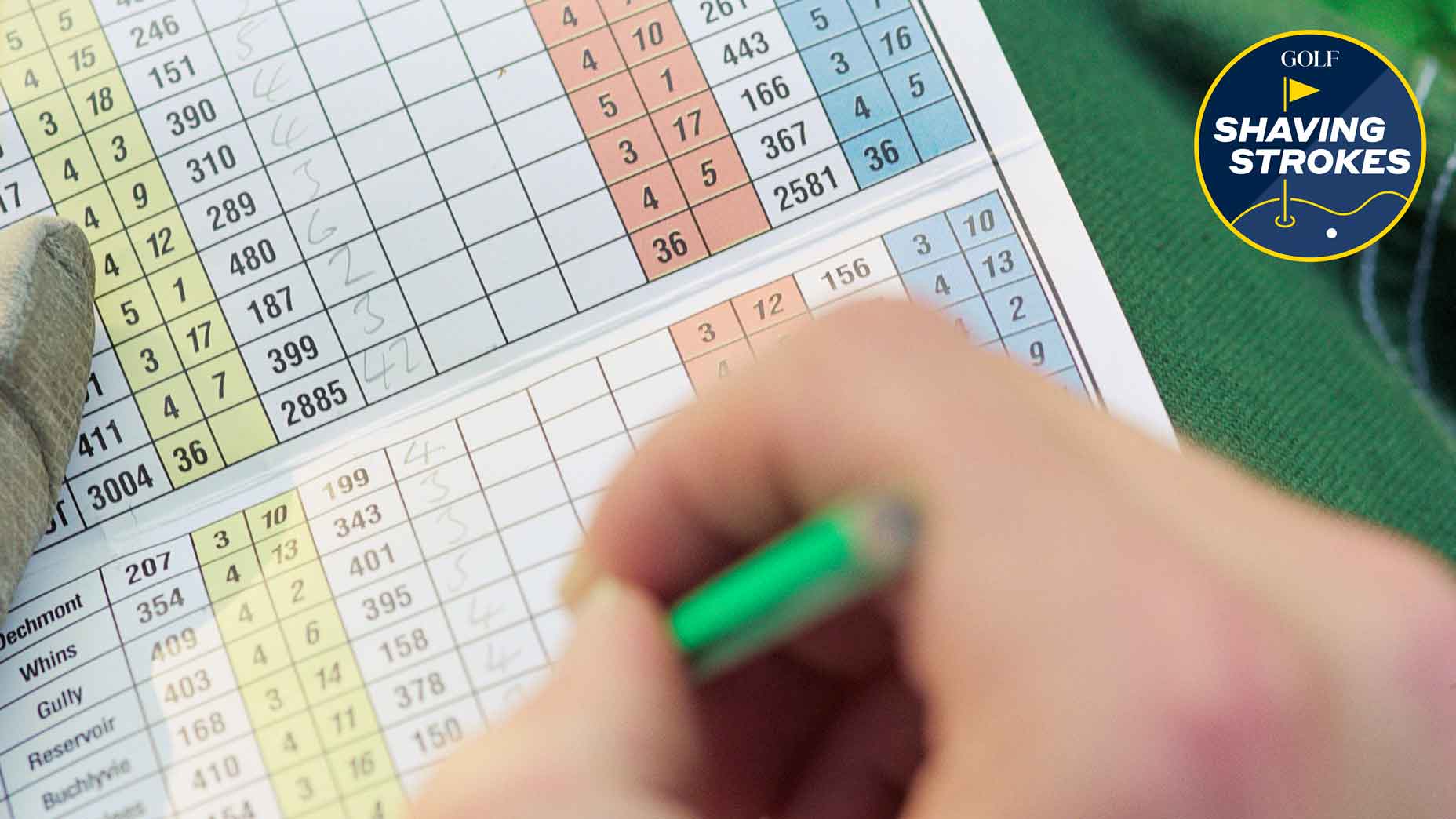
GOLF Top 100 Teacher to Watch Chris George shares some unique practice strategies that can finally help you break 90 regularly.
Getty Images
Welcome to Shaving Strokes, a new GOLF.com series in which we’re sharing improvements, learnings and takeaways from amateur golfers just like you — including some of the speed bumps and challenges they faced along the way.
Breaking 90 is sort of the Holy Grail for many amateur golfers, as it essentially represents playing bogey golf (and is a stepping stone to even better golf).
In fact, I vividly remember when I started seeing my scores regularly hover around 90, which allowed me to enjoy the game more, while also helping me understand what areas I could get better at to score even lower.
But breaking 90 isn’t just going to happen overnight.
Sure, you may have a round or two of shooting in the high 80s, but to go out there and regularly do that takes skill, practice and good habits.
That’s why I tapped GOLF Teacher to Watch Chris George to see what tips he has to help more players incorporate these things into their routines. So take a look below to see two practice drills that George says can lead to breaking 90 with more consistency.
Use these practice drills to break 90 more regularly
Breaking 90 is a barrier that every golfer looks to consistently achieve. And while some amateurs think they need to be perfect in order to accomplish it, the truth is, you can still have quite a bit of mishits and still complete the goal.
The important thing is limiting any mistakes to just one shot and not letting a hole snowball into multiple errant shots or three-putts — but that’s where practice and preparation comes into play.
So if breaking 90 is your next golf goal, here are two practice routines that can get you there.
Practice routine 1 (tee shot accuracy)
Hitting more fairways is an essential part of breaking 90. So the first part of this practice routine focuses on your accuracy with your tee shot (including par-3s), ensuring you don’t lose any balls during a round — especially on shorter holes.
Look at the par-3 yardages you play most often and create two distances that you struggle with. Practice those distances by hitting shots for seven minutes to each one.
While you’re doing that, you should be focused on the technical aspects of your swing, working to reduce the dispersion of your shot pattern while improving your distance control.

1. Tee shot accuracy for par-4s and par-5s (15 minutes)
Hold four fingers up on each hand, and put the center of the fairway between your index fingers while they touch. If either of your ring fingers are in a penalty area or the woods, adjust them so that they’re not, and aim between your two index fingers.
This accounts for most of your dispersion, including all of your errant shots.
Once you learn to have the ball finish within both of your pinkies, this process will allow you to avoid losing so many golf balls — which will decrease your strokes and get you closer to breaking 90 more consistently.
Next, select a target on the range and use your four fingers to create a boundary on each side. Hit 10 tee shots toward your target and track how many remained in your four-finger dispersion.
Practice routine 2 (short game)
The second routine to help you break 90 more regularly is improving your wedge play, which is pivotal in limiting unnecessary strokes while around the putting surface.
The below drills will help you accomplish that, dialing in your touch with your wedges so that you’re in position for shorter putts.
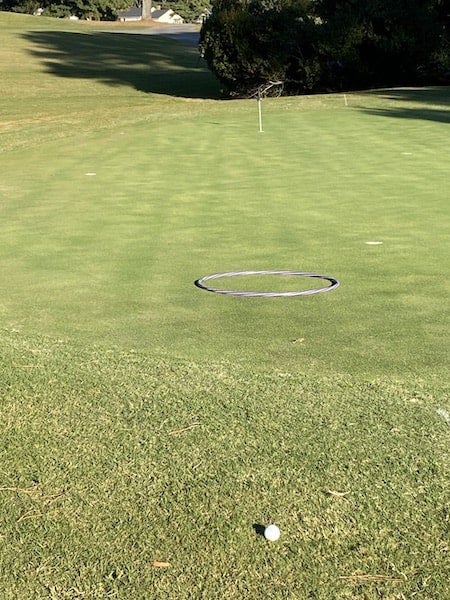
1. Greenside wedge shot proximity (15 minutes)
The focus here is to hit 49 percent of your greenside wedge shots inside of 12 feet, and 17 percent of them inside of six feet — and you can use a hula hoop to practice doing this.
Place the hula hoop 3-5 feet onto the green and hit shots for five minutes, only working on your carry distance to land the ball inside the hula hoop. This requires you to adjust your swing speed to get the ball to land in the hoop.
Next, work on different launch conditions with a variety of your wedges, hitting shots for five minutes, all with the goal of landing the ball inside the hula hoop.
To launch it lower, have the shaft lean more toward the target at impact. To launch it higher, have the shaft more neutral at impact.
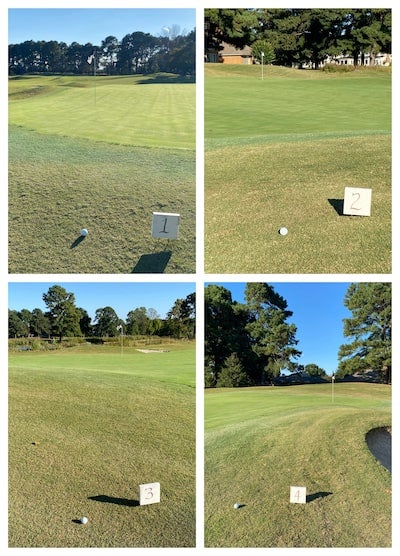
2. Complete the “short game wizard” challenge
Create four short-game locations, working your way up from easy to more difficult.
Level 1: Hit one easy fairway chip or putt to within 20 feet from hole.
Level 2: Hit one tight lie fairway chip to within 30 yards of the hole.
Level 3: Hit one fairway chip or pitch over a hill, leaving it 30 yards from the hole.
Level 4: Hit one short-sided fairway lie to within 30 yards of the hole.
The challenge isn’t complete until you’re successful at accomplishing each of the four levels.
After achieving the above, you’ll have the potential to break 90 and actually shoot in the lower-to-mid-80s — all because you’re hitting more greens in regulation (GIR), eliminating double-bogeys and hitting more greenside wedge shots inside of 12 feet.
So remember, what you practice is important, but how you practice is vital.
Game Golf KZN GPS Shot Tracker
$219.99
View Product





